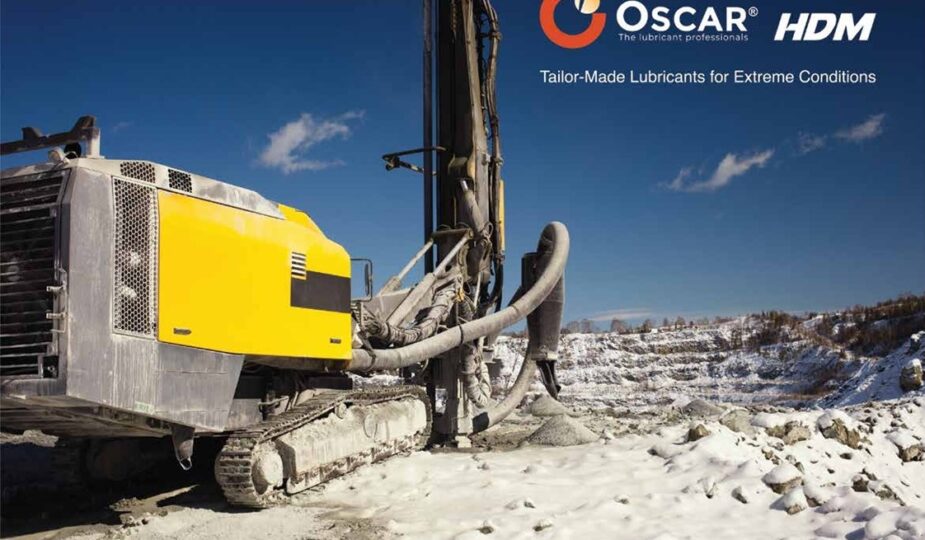Ester-based lubricants are commonly used in industrial machinery, automotive applications, and high-performance equipment due to their excellent thermal stability, lubricity, and biodegradability. Ensuring the quality of ester lubricants is important to maintaining the performance and longevity of the systems they serve. This article will discuss the best ways to test Ester lubricants for quality assurance to help companies and industries maintain high standards.
Key testing methods for ester lubricants:
To determine the quality of ester lubricants, several tests can be performed. Each of these tests evaluates different properties of the lubricant to ensure its overall performance and reliability in the field.
Viscosity testing:
Viscosity is one of the most important characteristics of ester lubricants. It refers to the fluid’s resistance to flow, which directly affects how well the lubricant can form a film between moving parts. Viscosity testing is typically done at different temperatures to ensure the lubricant performs well across a range of operational conditions. If the viscosity is too low or too high, it can lead to inadequate lubrication, resulting in wear and tear or energy loss.
Thermal stability testing:
Ester lubricants are often used in high-temperature environments, so it’s important to test their thermal stability. This test determines how the lubricant performs when exposed to high heat over a prolonged period. Lubricants that break down quickly under heat may lose their effectiveness, which can lead to equipment failure. Testing ensures that the lubricant can withstand extreme temperatures without degradation.
Oxidation stability testing:
Oxidation stability is another critikeycal factor, as ester lubricants are prone to oxidation when exposed to air and high temperatures. Oxidation can lead to the formation of sludge, which affects the lubricant’s performance. Testing for oxidation stability is essential to verify that the lubricant can resist chemical breakdown and maintain its properties over time.
Wear testing:
To ensure ester lubricants provide adequate protection, wear tests are conducted to assess their ability to reduce friction between moving parts. This test simulates the operating conditions of machinery and equipment, evaluating how well the lubricant prevents surface wear under various pressures and speeds. High-quality ester lubricants should perform well in these tests, showing minimal wear and tear.
Water separation and demulsibility testing:
Water contamination in lubricants can lead to poor performance and corrosion of metal surfaces. Ester lubricants should be tested for their ability to separate from water efficiently. Demulsibility testing determines how quickly and effectively a lubricant can separate from water, ensuring it maintains its lubricating properties even in humid conditions.







